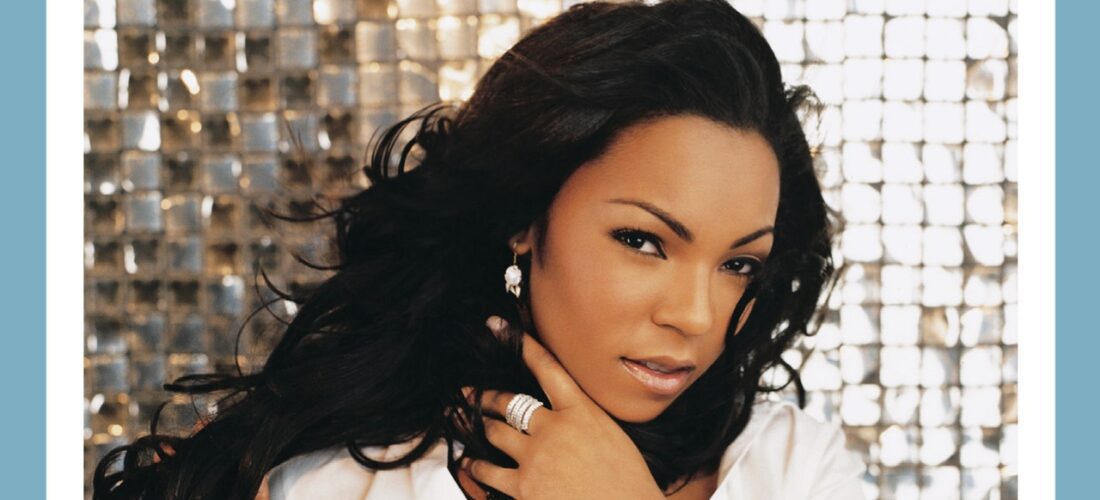By the early 2000s, every rapper, producer, and label with a weekly Billboard subscription had a new formula for a Top 40 hit: Get a rapper and a singer together to make a song for women. Murder, Inc. arguably had the slickest cheat code, pairing the label’s flagship artist Ja Rule’s surly love-laden raps with a sweet R&B voice like Christina Milian or a soulful gospel tone like Lil’ Mo. Around this time, a 19-year-old Ashanti met Murder, Inc.’s excitable co-founder, Irv Gotti, who, back then, didn’t want an upstart singer from suburban Glen Cove, Long Island, on his hardcore rap label. Instead, he enlisted her as an in-house songwriter and guest vocalist. Despite what Gotti told her in their initial meeting—that he wasn’t “an R&B dude”—he kinda was. His breadwinner, Ja, was a cosplaying 2Pac moonlighting as millennial rap’s Keith Sweat. His new secret weapon was an affable former high school track star who softened Ja’s aggressive balladeering.
Ashanti spent her early Murder, Inc. days writing for her life at Crack House Studios in Manhattan’s SoHo, surrounded by dice-rolling men—the little sister among “a den of wolves,” as Gotti described. She was the sweetie in a room full of so-called gangsters. Her voice wasn’t all that soulful or acrobatic. It was featherweight and more coy than cool, never at risk of overshadowing a song’s lead, which made her the perfect companion for rappers aiming to create sticky street anthems.
Millennial pop soon alternated between two distinct sounds: Ja Rule’s freaky outbursts and Ashanti’s gentle coos. She got her big break singing the hook on Big Pun’s posthumous 2001 single, “How We Roll.” From there, it was a full-on blitz. She sang background vocals on Ja’s monster Jennifer Lopez duet “I’m Real,” a summery jam built on a sample from Rick James’ 1978 weed ode “Mary Jane.” She backed Fat Joe’s crowing serenades on “What’s Luv.” Ja Rule plucked Ashanti again for his sophomore album’s second single, “Always on Time.” His semi-mushy, gaslight-ridden version of romance opens with Ashanti’s soft vocals setting up a toxic love story, complementing Ja’s bearish declarations about swinging dick and running on belated Jesus time. The song peaked at No. 1 on the Billboard Hot 100 and set Murder Inc.’s low-key young hitmaker up for a smooth transition from utility player to solo star. The charts might’ve belonged to Ja, but he was no Ashanti.
By the time Ashanti’s self-titled debut dropped in April 2002, she was already a household name. The combination of her breakthrough solo single, “Foolish,” hitting No. 1 for 10 weeks, and “What’s Luv” at No. 2 made her the first woman to simultaneously occupy the top two spots on the Billboard Hot 100. The pop landscape was eager for a voice as sleek as Aaliyah’s after her death, and Ashanti thrived in the mid-tempo zone. Sometimes, too mid. Shortly after her debut dropped, over 20,000 people signed an online petition against her winning Soul Train’s Lady of Soul Award, citing her lack of “singing ability and stage presence.” Her vocals weren’t striking enough to blow out stadiums, but with no major rivals in her path and Beyoncé’s solo debut still a year off, Ashanti sat comfortably on her perch as America’s sweetheart.
